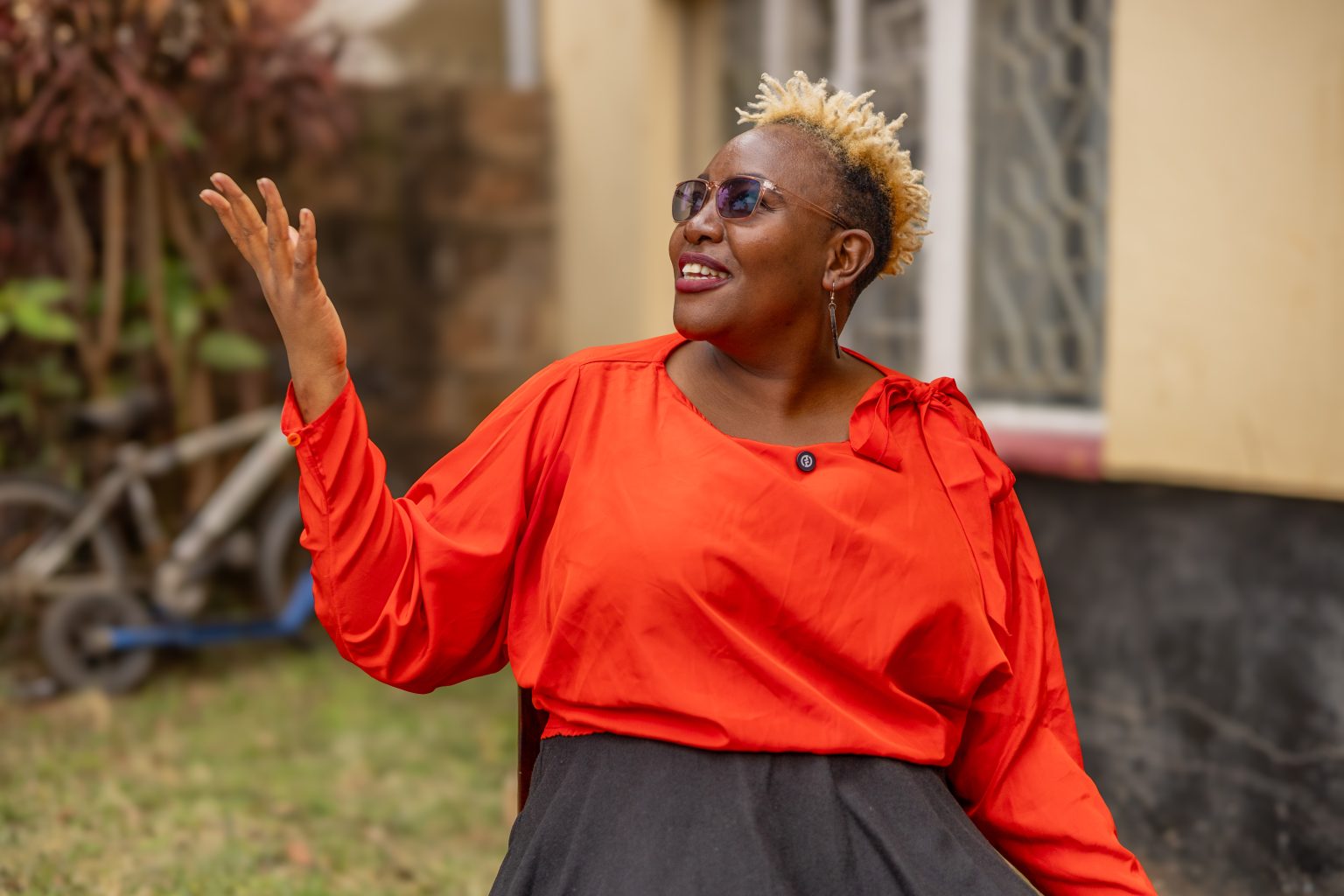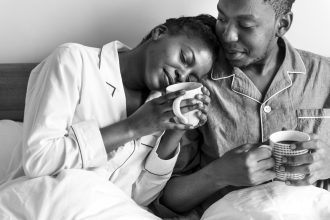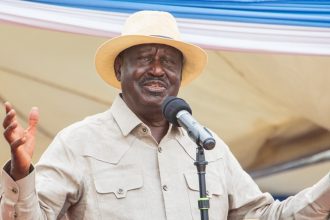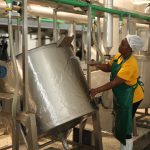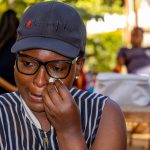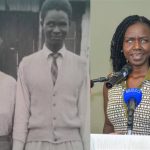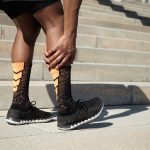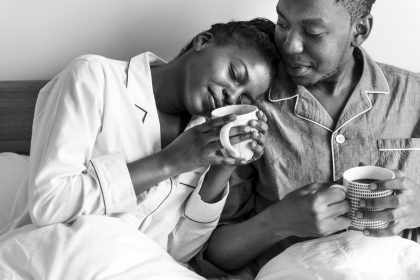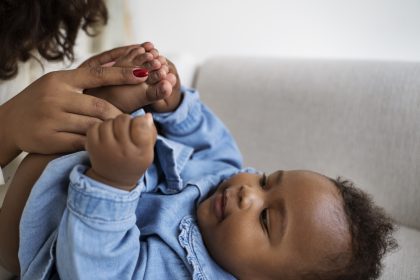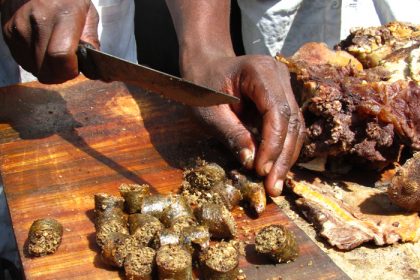Shannon, 13, was suffering from polymyositis, in which ‘all the muscles are being attacked by the immune system and broken down’ with symptoms including blurry vision, neck pain, loss of appetite, purple eyes, teary eyes and blood in stool.
When Saetwa Saitoti’s teenage daughter, Shannon, began losing muscle strength, it seemed like another bout of her cold allergies since infancy.
Shannon’s health problems started in July 2024 after she joined Form One at boarding school to where her mother was called when a persistent cold turned severe. Saetwa initially thought Shannon was just exhausted, but despite treatment, she grew worse. Within weeks, she was too weak to lift her arms, climb stairs, or hold a cup. Her legs went numb.
Saetwa was advised to try traditional methods. She massaged her daughter’s feet every evening with hot water and a cloth, prepared bone soup to strengthen her bones, but she was not improving.
Saetwa consulted neurologists, neurosurgeons, therapists, as well as orthopaedic and spine surgeons. None could figure out what was wrong.
Shannon took different MRI tests about “Five physiotherapy sessions each costing roughly Ksh10,000 to 15,000,” recalls Saetwa, but her daughter only got worse after the therapy sessions and had to use a wheelchair.
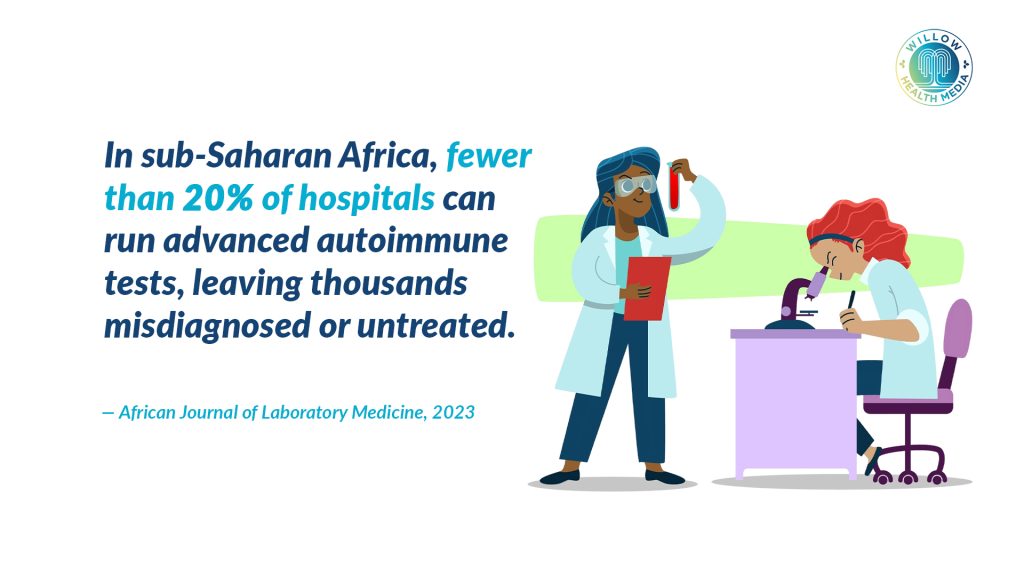
Then one day, Shannon couldn’t walk; her muscles were too weak to hold her
Other specialists narrowed her condition down to psychological issues, including hysteria. But Shannon was cleared of any such after three therapy sessions, even as “Some doctors said I was imagining things.”
Then one day, Shannon couldn’t walk; her muscles were too weak to hold her. “She told me, ‘Mum, I can’t feel my legs.’ Saetwa recalls. “I thought she was joking, but when I got to her, she had fallen, just like a mannequin. From the neck down, she couldn’t move. She couldn’t even lift her hands. It was as if her whole body had shut down.”
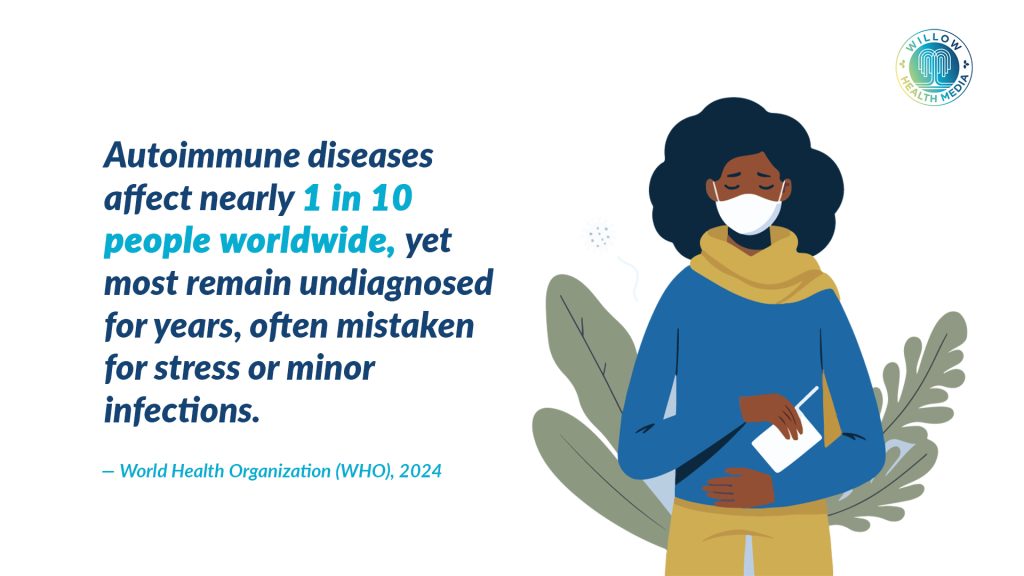
It was the beginning of endless hospital visits, medics with endless tests and theories, but no lasting solution. No medication eased her pain. Shannon suffered blurry vision, neck pain, loss of appetite, purple eyes, teary eyes, and blood in her stool. Saetwa had to feed, wash and assist her to the bathroom. By then, Saetwa had lost her job and became Shannon’s full-time caregiver.
When local hope ran out, a suggestion to go to India offered a chance, but it was expensive. Saetwa could only afford half the cost and raised the rest online from friends, church members and well-wishers. “It drained the family financially,” she said, “but every contribution helped.”
In India, the doctors conducted a very thorough review, asking about Shannon’s complete medical history from birth to the present and within three days, they had a diagnosis: “Your daughter has polymyositis.”
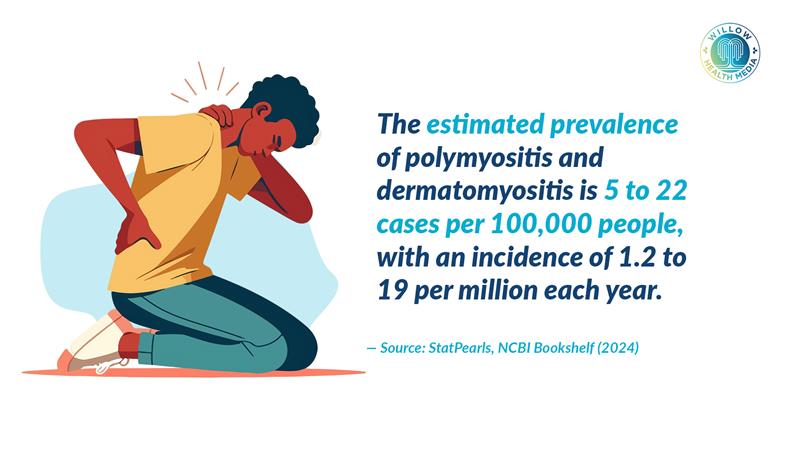
Dr Catherine Mutinda, a paediatrician and geneticist, explains that with polymyositis, “All the muscles are being attacked by the immune system. They’re being broken down” in what is a rare autoimmune condition.
Polymyositis is easily mistaken for lupus, hence why it is often misdiagnosed
Dr Mutinda explained that polymyositis causes muscles to break down, leading to pain and weakness. This breakdown – known as lysis or rhabdomyolysis- releases substances that can harm organs like the kidneys and liver, making the condition complex and easy to mistake for other disorders like lupus, hence why it is often misdiagnosed.
Polymyositis, says Saetwa, “Is sometimes called the ‘mother of lupus. They share overlapping symptoms like fatigue, joint pain, and inflammation,” leading to misdiagnosis, especially where advanced testing is absent.
Polymyositis affects between five and 22 people per 100,000 worldwide, according to the National Center for Biotechnology Information (NCBI) data for 2024.
Dr Mutinda says polymyositis is hereditary as it has “Very high genetic susceptibility”, and the more of these genes a person inherits, the higher their hereditary risk.
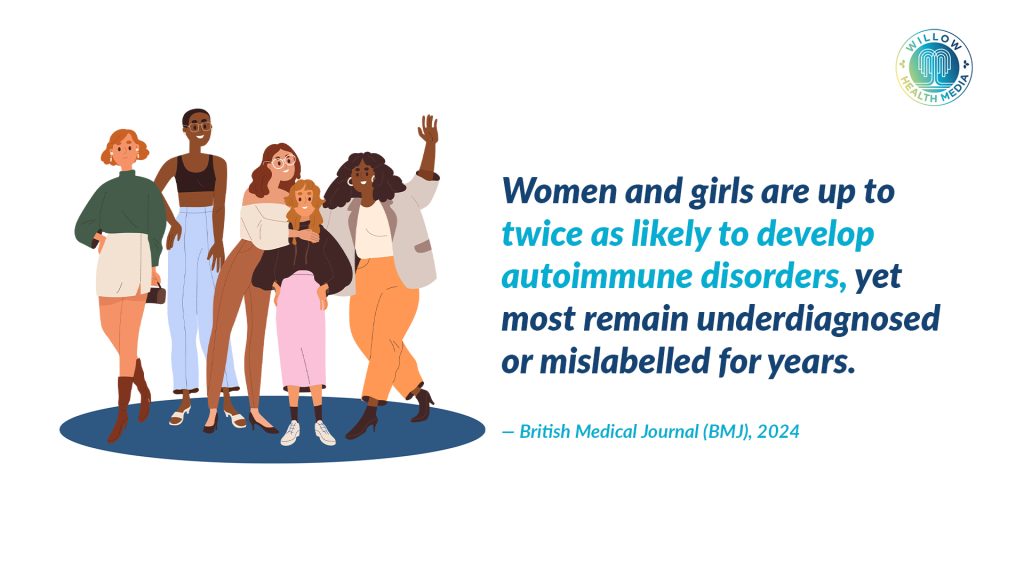
In India, Shannon’s treatment took a structured care plan that blended supplements, physiotherapy and non-steroidal therapies. Shannon received muscle stimulation, oxygen and water therapies, light therapy, and intensive physiotherapy designed to retrain her brain and rebuild muscle strength.
Caring for a child with chronic illness affects the whole family emotionally and socially
Unlike in Kenya, where doctors just managed her symptoms, the treatment in India aimed to fix the root cause and strengthen her immune system. After weeks of this care, Shannon began to recover and was able to walk again.
Polymyositis disrupted Shannon’s education for almost a year as she focused on recovery.
Dr Mutinda emphasised the importance of consistency in healthcare, sticking to a single doctor, as it helps in noticing unusual changes early and “Get serious about the diagnostics.”
Dr Mutinda explained that caring for a child with a chronic illness affects the whole family emotionally and socially. While the patient needs a team of doctors, the caregivers also need support because the disease is very stressful for them, too.
For Saetwa, that strain was real and lasting. “I’m not fully okay because I have PTSD … a bit of it,” she admitted. “There are times I sleep and hear her calling, the way she used to call me the time she couldn’t move herself.”
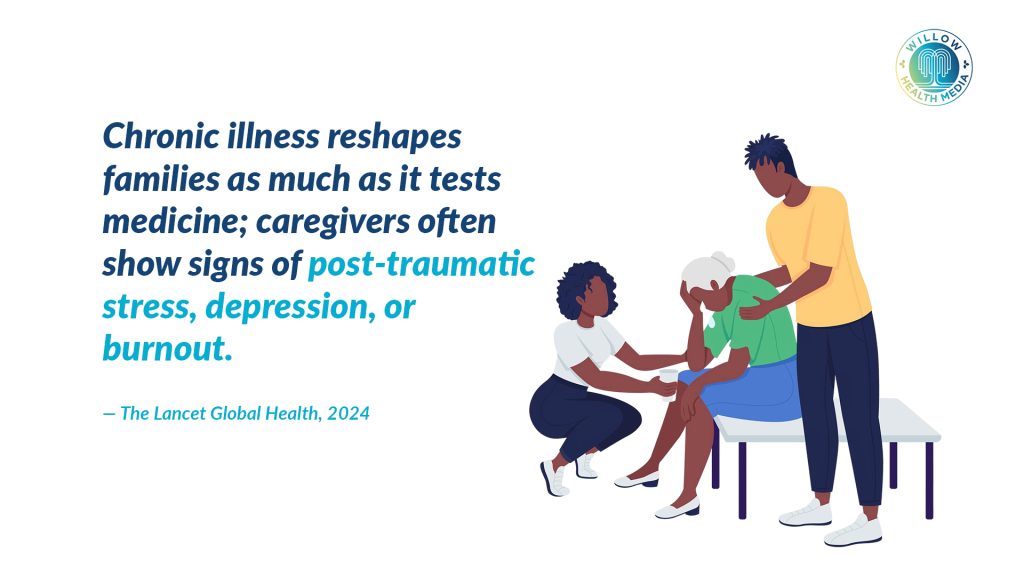
Others are diagnosed but don’t have access to proper treatment or information
The constant fear of relapse left Saetwa drained. She healed by focusing on exercise, faith, and helping others, showing that caregivers need recovery, too. Her research into the disease also revealed a major lack of support for families in Kenya.
“I found that many people are living with autoimmune diseases and don’t even know it,” she says. “Others are diagnosed but don’t have access to proper treatment or information.”
Saetwa thus founded the Autoimmune Diseases Support Group Kenya that supports people living with autoimmune disorders and their families, helping them share experiences and find credible information.
Timely medical attention can make a significant difference, considering “Early diagnosis can actually reverse most of these symptoms because you’re still at the inflammatory stage,” Dr Mutinda explained. “The damage has not yet happened. But once there is damage, you cannot reverse the muscle weakness; you can only manage.”
Shannon can walk again. She laughs, paints, cooks, plays, and dreams again and for Saetwa, the pain of the past has given way to a deeper calm and gratitude for growth. “I don’t get mad easily. I don’t rush into making decisions,” she reflected. “It’s changed me drastically and I love the new person… It’s grown me spiritually, mentally, physically, emotionally.”



